Sub-Saharan Africa

Ethiopia 11 The plain tricolour has no legal status but is still flown unofficially.
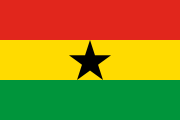
Ghana
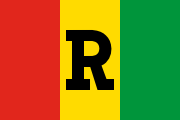
Rwanda
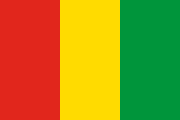
Guinea
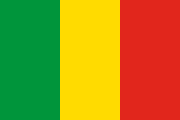
Mali

Senegal
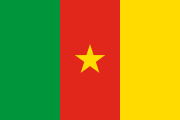
Cameroon
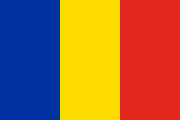
Chad

Nigeria

Côte d'Ivoire
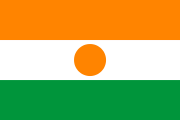
Niger

Sierra Leone

Gabon
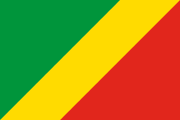
Congo
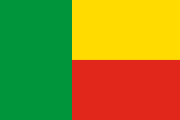
Benin

Guinea-Bissau
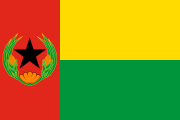
Cape Verde
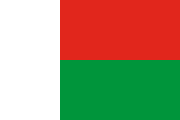
Madagascar
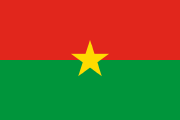
Burkina Faso

Angola
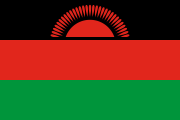
Malawi

Kenya

African National Congress
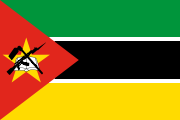
Mozambique
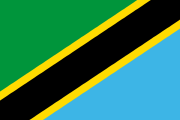
Tanzania

Namibia
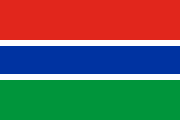
The Gambia
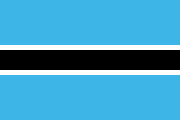
Botswana

Zambia
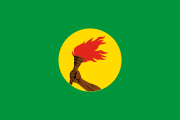
Zaire

São Tomé and Príncipe
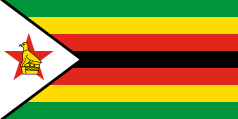
Zimbabwe

Uganda
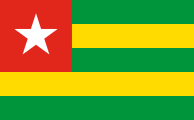
Togo
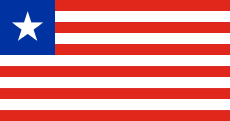
Liberia
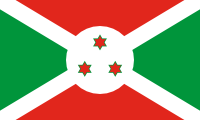
Burundi

Equatorial Guinea
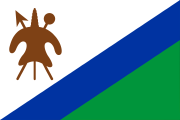
Lesotho
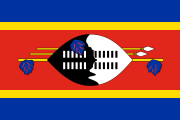
Swaziland

Central African Republic
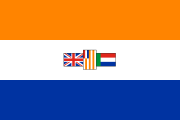
South Africa
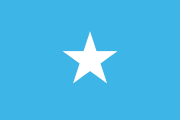
Somalia
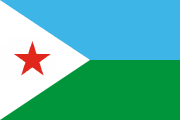
Djibouti
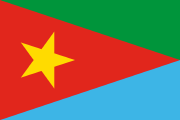
Eritrea
EPLF flag 22 Flag of the Eritrean Liberation Front, which sought independence from Ethiopia. Direct predecessor of the modern flag. The provincial government did not have an official flag.
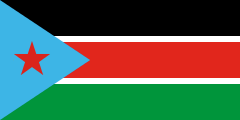
Southern Sudan
SPLM flag 33 Flag of the Sudan People's Liberation Movement, which sought independence for the southern part of Sudan. Direct predecessor of the modern flag. The region did not have an official flag within Sudan.
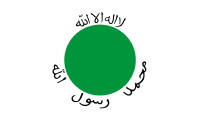
Somaliland
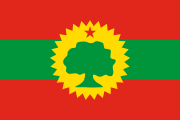
Oromia
OLF flag 44 Flag of the Oromo Liberation Front, a nationalist liberation movement within Ethiopia. Oromia did not have an official flag within Ethiopia at this time.

Tigray
TPLF flag 55 Flag of the Tigray People's Liberation Front, a nationalist liberation movement within Ethiopia. Direct predecessor of the modern regional flag. Tigray did not have an official flag within Ethiopia at this time.
Middle East and North Africa
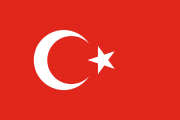
Turkey
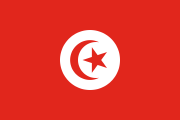
Tunisia

Morocco

Algeria
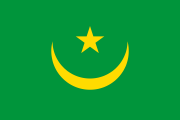
Mauritania
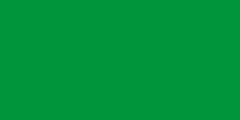
Libya
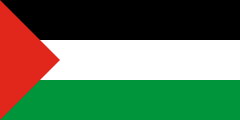
Palestine
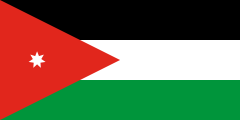
Jordan
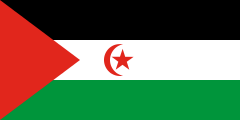
Western Sahara
Polisario flag 66 Flown by the Polisario Front and the unrecognized Sahrawi Arab Democratic Republic, which claims to be the rightful government of the disputed Western Sahara. Most of the territory is occupied by Morocco.
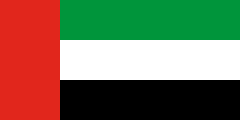
United Arab Emirates
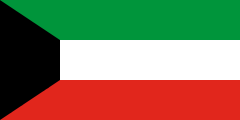
Kuwait
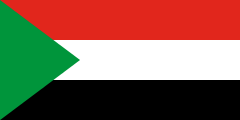
Sudan
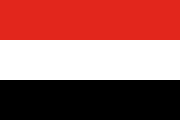
Yemen
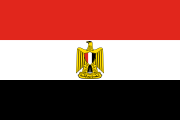
Egypt
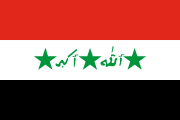
Iraq
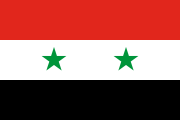
Syria

Israel
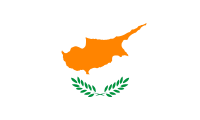
Cyprus
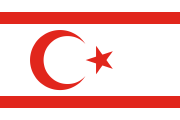
Northern Cyprus
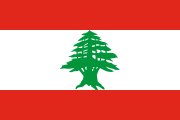
Lebanon

Iran
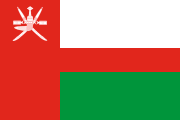
Oman
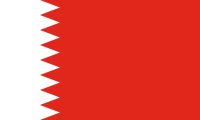
Bahrain
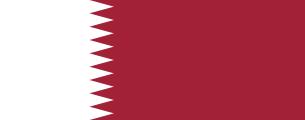
Qatar

Saudi Arabia

Kurdistan
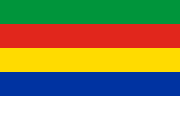
Druze
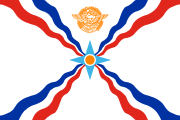
Assyrians
Western Europe
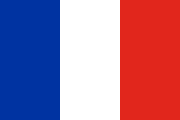
France
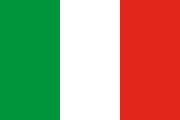
Italy
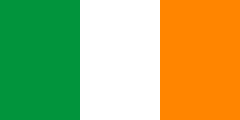
Ireland
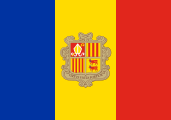
Andorra
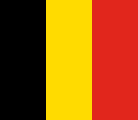
Belgium
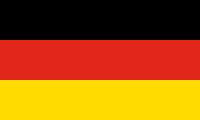
Germany
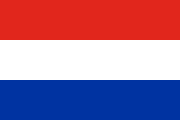
Netherlands
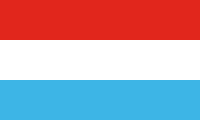
Luxembourg
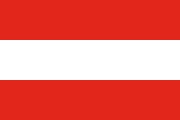
Austria
national flag 77 Flown by private citizens and municipalities.
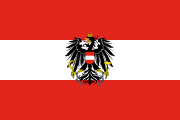
Austria
federal service flag 88 Flown by the federal government and the armed forces.
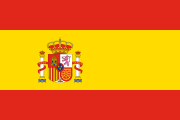
Spain
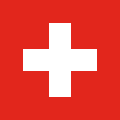
Switzerland
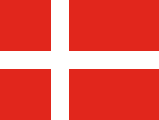
Denmark
national flag 99 Allowed to be flown by anyone.
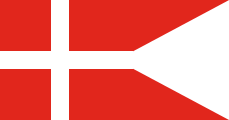
Denmark
sovereign flag 1010 Flown by the royal house, the government, and the armed forces. Also granted to a select list of private institutions and companies.
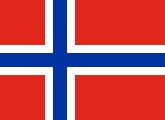
Norway
merchant flag 1111 Allowed to be flown by anyone.
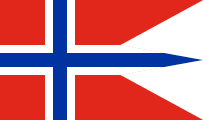
Norway
state flag 1212 Flown only on state-owned buildings and naval ships.
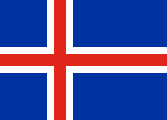
Iceland
national flag 1313 Allowed to be flown by anyone.
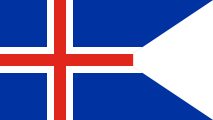
Iceland
state flag 1414 Flown on government buildings and coast guard ships.

Åland
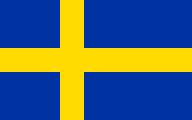
Sweden 1515 Flown for all purposes. A three-tailed version of the national flag is flown by the military.
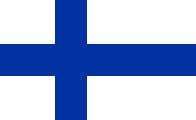
Finland
national flag 1616 Allowed to be flown by anyone.
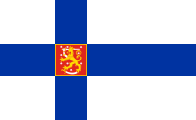
Finland
state flag 1717 Flown by the government, border guard, and public universities. The armed forces fly a version with a swallowtail cut.
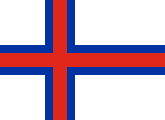
Faroe Islands

Greece
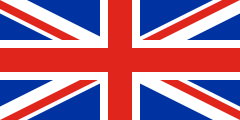
United Kingdom
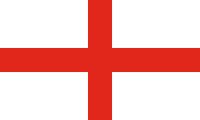
England
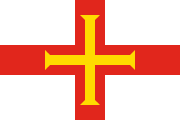
Guernsey
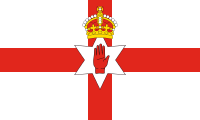
Northern Ireland
Ulster banner 1818 Northen Ireland has not had an official flag since 1973, but the Ulster Banner is still flown by some sporting teams and private citizens. More or less exclusively a unionist symbol. Nationalists tend to fly the Irish tricolour instead.
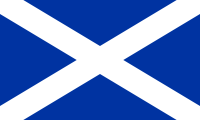
Scotland
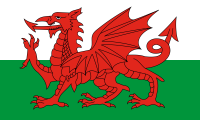
Wales
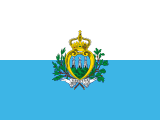
San Marino
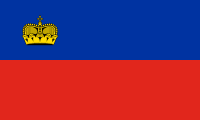
Liechtenstein
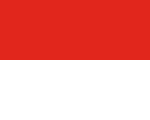
Monaco
national flag 1919 Allowed to be flown by anyone.
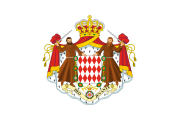
Monaco
princely flag 2020 Flown over the Prince's Palace and government buildings.
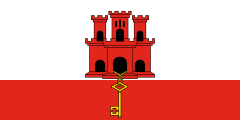
Gibraltar

Vatican City
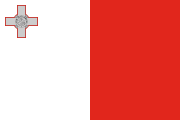
Malta

Portugal

Azores
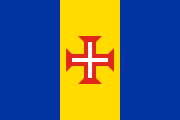
Madeira
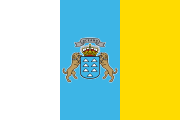
Canary Islands
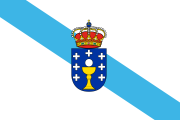
Galicia

Jersey
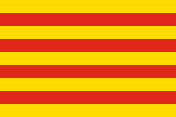
Catalonia
senyera 2121 The traditional Catalan flag, and the official flag of the Autonomous Community of Catalonia.
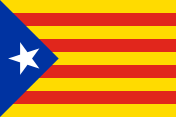
Catalonia
estelada 2222 The flag preferred by supporters of Catalan independence.

Brittany
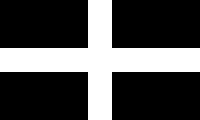
Cornwall
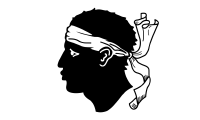
Corsica

Flanders

Wallonia
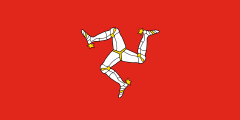
Isle of Man
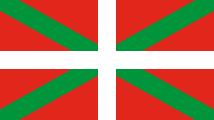
Basque Country

Sápmi
Eastern Europe
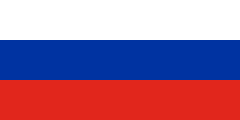
Russia

Slovenia
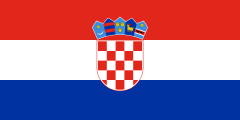
Croatia
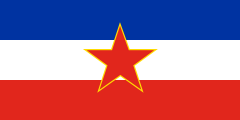
Yugoslavia
batallion flag 2323 Flown by the prince and the military.
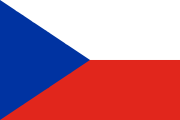
Czechoslovakia
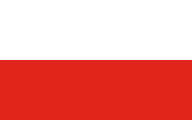
Poland
state flag 2424 Flown over the Presidential Palace, parliament, provincial legislatures, and other government buildings. Technically only allowed for private use on national holidays, but in practice flown throughout the year by anyone.
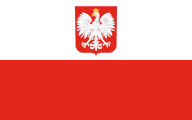
Poland
coat of arms flag 2525 Only supposed to be flown by embassies, airports, and merchant ships. In practice, flown by private citizens as well.
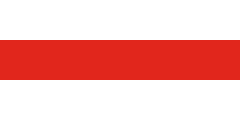
Belarus
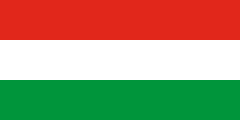
Hungary

Bulgaria

Estonia

Armenia
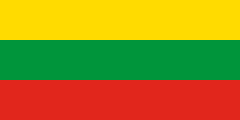
Lithuania
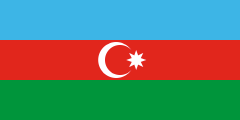
Azerbaijan

Latvia

Georgia
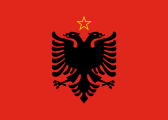
Albania
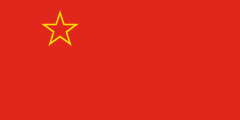
Macedonia
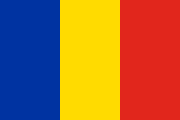
Romania

Moldova 2626 The back side of the flag was just a plain tricolour.
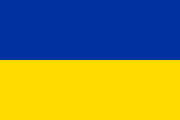
Ukraine
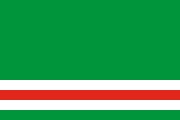
Chechnya

Tatarstan

Ossetia 2727 Flown by the breakaway Georgian region of South Ossetia and the Russian republic of North Ossetia.
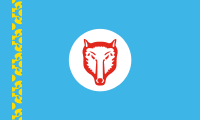
Gagauzia

Crimean Tatar
Central Asia
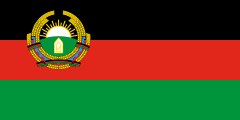
Afghanistan
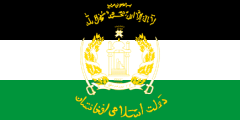
Afghanistan
mujahideen flag 2828 Flag of the Afghan Interim Government in Pakistan, flown by mujahideen fighters within the country.
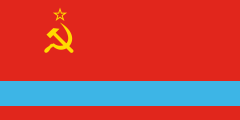
Kazakhstan 2929 The hammer and sickle was only on the front side of the flag.
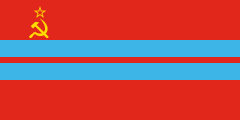
Turkmenistan 3030 The hammer and sickle was only on the front side of the flag.
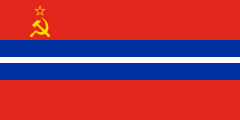
Kyrgyzstan 3131 The hammer and sickle was only on the front side of the flag.
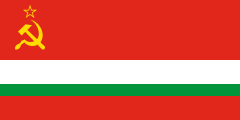
Tajikistan 3232 The hammer and sickle was only on the front side of the flag.
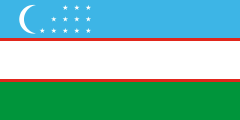
Uzbekistan

East Turkestan 3333 The national flag of the Uyghur people, banned within the People's Republic of China. Xinjiang Province does not have an official flag.
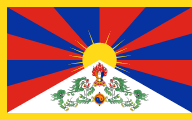
Tibet 3434 Banned within the People's Republic of China. The Tibet Autonomous Region does not have a flag.

Mongolia
South Asia and the Indian Ocean
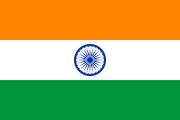
India
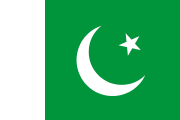
Pakistan

Bangladesh

Nepal
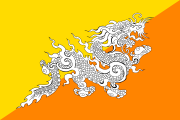
Bhutan
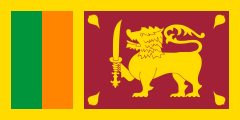
Sri Lanka
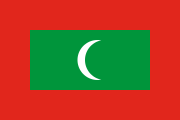
Maldives
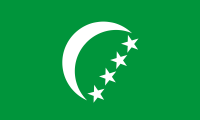
Comoros
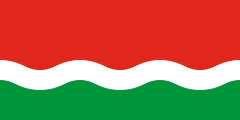
Seychelles
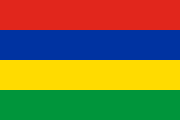
Mauritius
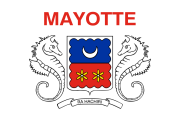
Mayotte 3535 Flown by the departmental council and used as a local flag.

Chagos Islands 3636 Flown by the Chagossians, who were forcibly removed from the islands by the British to make way for a military base. The islands are officially administered as the British Indian Ocean Territory, which has a colonial ensign with a wavy white and blue stripes and a palm tree badge.
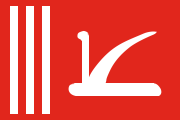
Jammu and Kashmir 3737 Flown in the Indian-controlled parts of the disputed region of Kashmir.
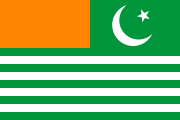
Azad Kashmir 3838 Flown in the Pakistan-controlled parts of the disputed region of Kashmir.
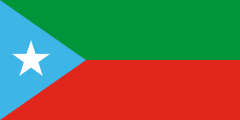
Balochistan 3939 Flown by Baloch nationalists seeking independence from Pakistan, Iran, and Afghanistan. The star is sometimes flipped upside down or replaced by a white sun. The provincial government of Balochistan in Pakistan flies a green flag with a white camel emblem.
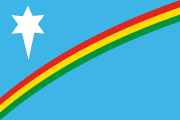
Nagaland 4040 Flown by nationalists and separatists. The Indian state of Nagaland does not have an official flag.
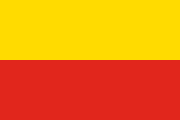
Kannada 4141 The popular but unofficial flag of the Kannada people. The Indian state of Karnataka does not have an official flag.
East and Southeast Asia

Japan
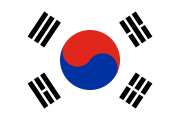
South Korea

North Korea
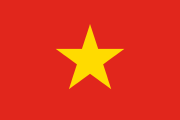
Vietnam

China

Taiwan 4242 The flag of the Republic of China, which is the government of Taiwan. Banned on the mainland, as the People's Republic of China claims sovereignty over the island. At major international sporting events like the Olympics, Taiwan competes under the name "Chinese Taipei" and flies a neutral flag.
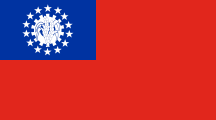
Myanmar
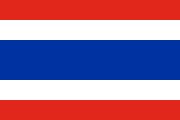
Thailand

Laos

Cambodia 4343 Flown by the State of Cambodia, the partially-recognized state in control of Phnom Penh.
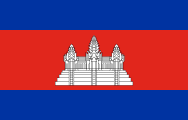
Cambodia
NGC flag 4444 Flown by the National Government of Cambodia, the government-in-exile which retained control of Cambodia's UN seat.

Philippines

Malaysia
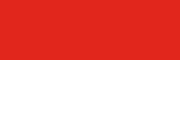
Indonesia
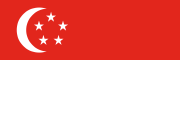
Singapore
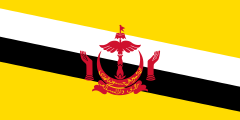
Brunei
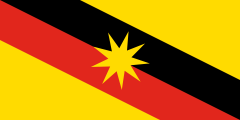
Sarawak
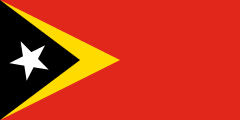
East Timor 4545 Flown by nationalists seeking the indpenedence of Timor-Leste. Under Indonesian occupation, flying the flag was illegal. The rarely-used official flag of "Timor Timur" was orange with the provincial seal in the middle.
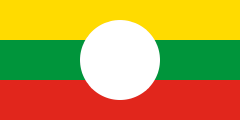
Shan
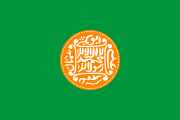
Rohingya
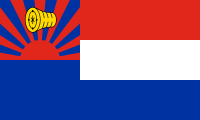
Karen 4646 Flown by Karen nationalists seeking independence and separation from Myanmar. Kayin State has its own flag, a blue-white-red tricolour with a white star in the top left.
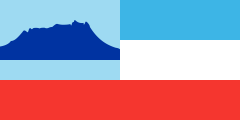
Sabah

Ainu
Oceania
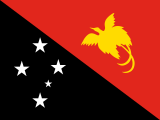
Papua New Guinea
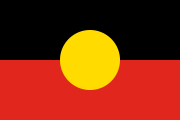
Aboriginal Australians
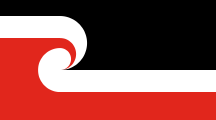
Māori

Vanuatu
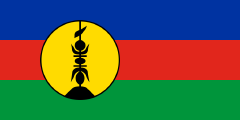
Kanaky-New Caledonia
FLNKS flag 4747 Flag of the Kanak and Socialist National Liberation Front, which sought the independence from France.
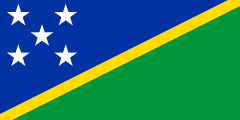
Solomon Islands

Australia

Aotearoa New Zealand
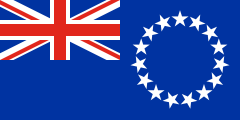
Cook Islands

Fiji
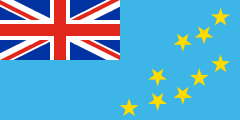
Tuvalu

Niue
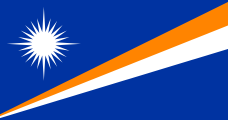
Marshall Islands
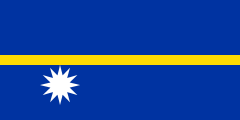
Nauru
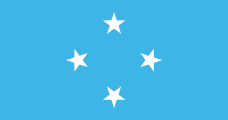
Micronesia

Palau
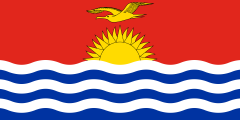
Kiribati
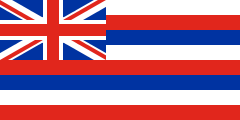
Hawaiʻi

Western Samoa

Tonga
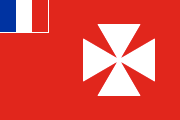
Wallis and Futuna

Maohi Nui
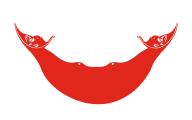
Rapa Nui
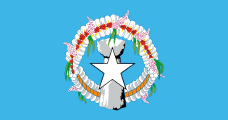
Northern Mariana Islands

Guam

American Samoa

Norfolk Island
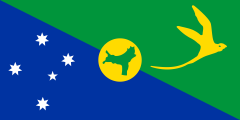
Christmas Island
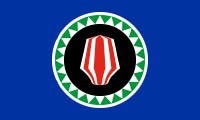
Bougainville
North America

Canada
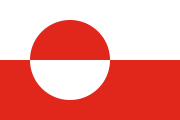
Greenland

United States

Bermuda
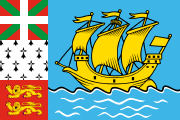
Saint Pierre and Miquelon 4848 A popular but unofficial local flag.
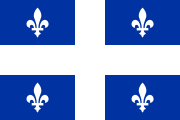
Québec
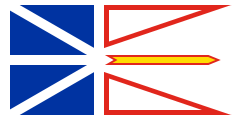
Newfoundland
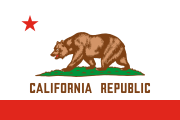
California
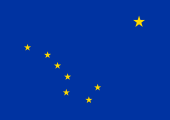
Alaska
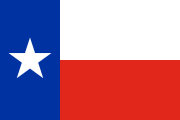
Texas

Acadia
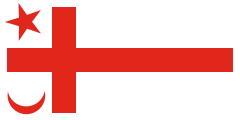
Mi’kmaq
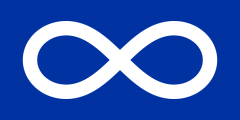
Métis
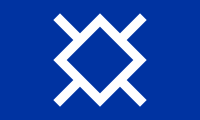
Northern Cheyenne

Haudenosaunee
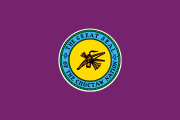
Choctaw
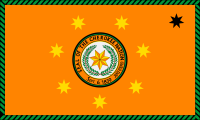
Cherokee
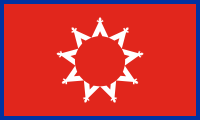
Oglala Lakota

Haida

Arapaho

Blackfeet

Seminole

Comanche

Navajo
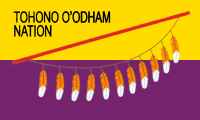
Tohono O’odham
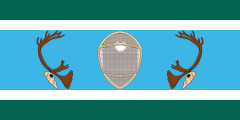
Innu
The Caribbean
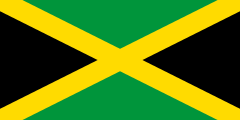
Jamaica
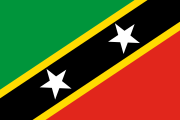
Saint Kitts and Nevis
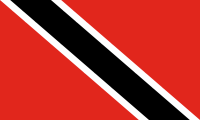
Trinidad and Tobago
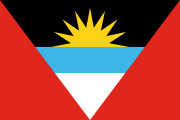
Antigua and Barbuda
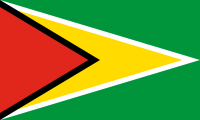
Guyana

Dominica
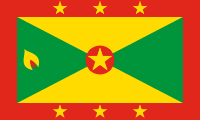
Grenada
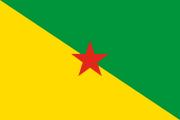
Guyane
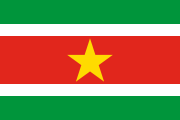
Suriname
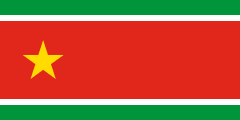
Guadeloupe 4949 An unofficial flag flown by Guadeloupe nationalists. There is also a rarely used "heraldic banner" based on the coat of arms of Pointe-à-Pitre.
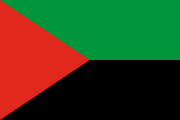
Martinique 5050 An unofficial flag flown by Martinican nationalists and occasionally by local municipalities.
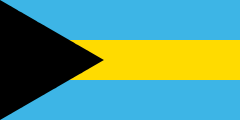
The Bahamas
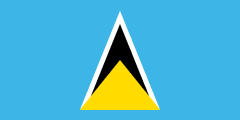
Saint Lucia
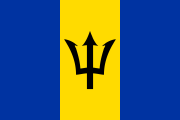
Barbados

Saint Vincent and the Grenadines

Bonaire

Aruba

Curaçao
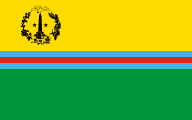
Saint Martin
unity flag 5151 A common cultural flag representing both the French and Dutch halves of the island of Saint Martin.
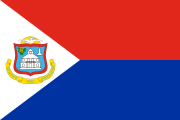
Saint Martin (Dutch)
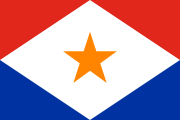
Saba

Netherlands Antilles

Anguilla 5252 The unofficial but popular cultural flag of the island.
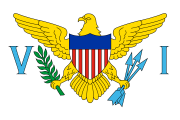
Virgin Islands (U.S.)

Belize
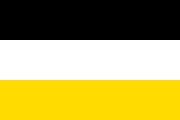
Garifuna
Latin America

Brazil
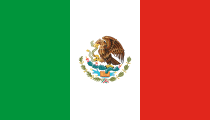
Mexico

Peru
national ensign 5353 Flown by the government, the navy, the national police, and national sports teams. Raised at major ceremonies. The army uses a similar flag with a different coat of arms.

Peru
national flag 5454 Allowed to be flown by anyone.
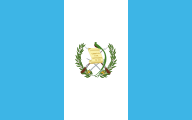
Guatemala
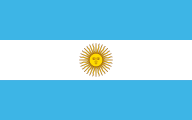
Argentina
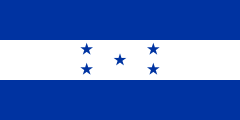
Honduras

Nicaragua

El Salvador
national flag 5555 The most common flag, flown over most government buildings, at ceremonies, by diplomatic missions and often by public citizens.
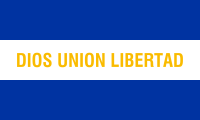
El Salvador
inscribed flag 5656 An alternative government flag, most commonly flown by the armed forces but also on some public buildings and offices.
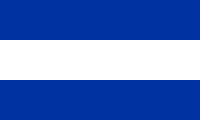
El Salvador
plain flag 5757 The simplest version of the national flag, flown by some private citizens.
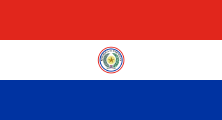
Paraguay
front side

Paraguay
back side

Costa Rica
national flag 5858 The most common Costa Rican flag. Officially designated for private citizens, but in practice often used on government buildings and schools too.
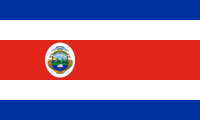
Costa Rica
national ensign 5959 Flown by the government and by diplomatic missions, although also used sometimes by private citizens.

Puerto Rico

Cuba

Uruguay
national flag 6060 Allowed to be flown by anyone.
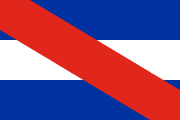
Uruguay
flag of Artigas 6161 A traditional military emblem, ceremonially flown alongside the national flag at government buildings.

Uruguay
flag of the Treinta y Tres 6262 A historic flag, ceremonially flown alongside the national flag at government buildings.
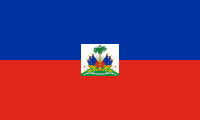
Haiti

Dominican Republic
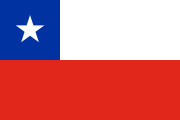
Chile

Panama

Venezuela
national ensign 6363 Flown by the government and armed forces, and unofficially used by many private citizens.
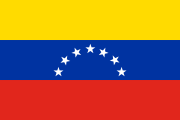
Venezuela
national flag 6464 Allowed to be flown by anyone.
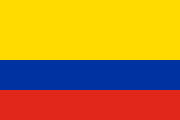
Colombia

Ecuador

Bolivia
state flag 6565 Flown by the governmnent. The armed forces flew a similar flag with olive and laurel branches around the coat of arms.

Bolivia
national flag 6666 Allowed to be flown by anyone.
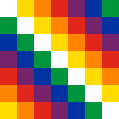
Aymara
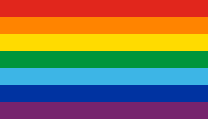
Quechua
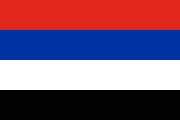
Misak
Other International and Cultural Flags
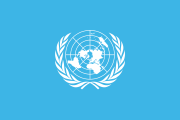
United Nations
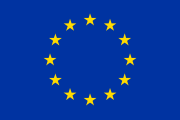
Europe
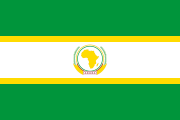
Organization of African Unity

Commonwealth of Nations

La Francophonie
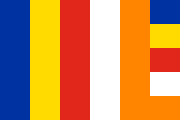
Buddhist Flag

Romani
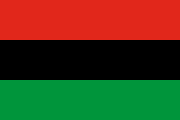
Pan-African Flag
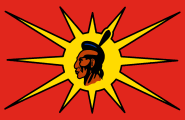
Warrior Flag
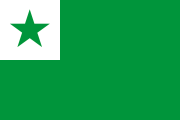
Esperanto

Red Cross
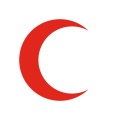
Red Crescent
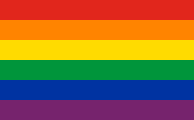
Pride Flag

Olympic Games
Events of 1991
CHECHNYA • In the midst of the collapse of the Soviet Union, Chechnya attempted to break away from Russia by issuing an unrecognized declaration of independence on November 1. The new separatist flag was much like the previous one with the white and red colours inverted.
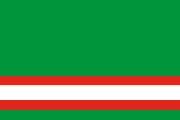


COMANCHE • The Comanche Nation adopted a flag.

CONGO • The original national flag was readopted on June 10 to mark the establishment of the establishment of a multi-party democracy.
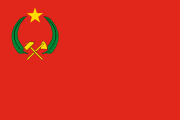


CRIMEAN TATAR • The Mejlis of the Crimean Tatar People adopted a national flag on June 30.

ETHIOPIA • Ethiopia's transitional government removed the seal from the national flag on May 28.
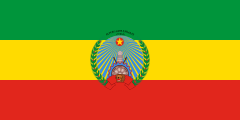


IRAQ • Iraq added an inscription reading "God is great" in Saddam Hussein's handwriting to the national flag on January 13.
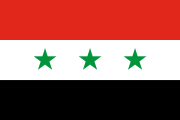


SOMALILAND • Somaliland declared independence from Somalia on May 18. The breakaway republic has never attained international recognition but has managed to function as a relatively stable government.

SOVIET UNION • The USSR rapidly disintegrated over the course of 1991 as its constituent republics declared sovereignty or independence. Old national flags were revived across the union, most notably in Russia, where the original tricolour was re-established on August 12.

Ukraine declared independence from the Soviet Union on August 24, in the aftermath of the failed coup against Gorbachev. The neighbouring states of Byleorussia and Moldova followed suit on August 25 and 27 respectively. Ukraine provisionally readopted its pre-Soviet flag on September 4. Byelorussia renamed itself to Belarus and readopted its white-red-white tricolour on September 19. Molodva had adopted a new Romanian-inspired flag in 1990.
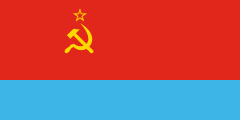


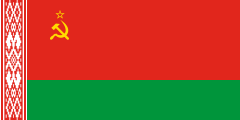



In the Caucausus, Georgia declared independence on April 9, Azerbaijan on August 30, and Armenia on September 21. All three states had readopted their flags in 1990.



The Baltic states of Latvia and Lithuania had declared independence in 1990. Estonia followed suit on 20 August. On September 6 the three states were officially granted their independence. All of them had officially readopted their interwar flags between 1988 and 1990.



The Central Asian republics had no pre-existing flag traditions to fall back on, and declared independence under their Soviet flags: Kyrgyzstan on August 31, Tajikistan on September 9, Turkmenistan on October 27, and Kazakhstan on December 16. Only Uzbekistan, which declared independence on August 31, managed to create a national flag before the end of 1991.







By December 25, when the Soviet flag was lowered from the Kremlin for the last time, the Union had effectively ceased to exist. The twelve remaining member republics officially became fully independent states the following day.
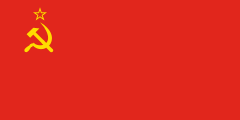


YUGOSLAVIA • The Socialist Federal Republic of Yugoslavia also began to collapse in 1991. Croatia and Slovenia declared independence on June 25, with the latter state adopting a new flag two days later. Macedonia declared independence on September 8. Bosnia would declare independence the following spring, leaving only Serbia and Montenegro in the union.

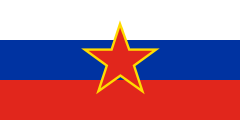



Notes
1 The plain tricolour has no legal status but is still flown unofficially. ↩
2 Flag of the Eritrean Liberation Front, which sought independence from Ethiopia. Direct predecessor of the modern flag. The provincial government did not have an official flag. ↩
3 Flag of the Sudan People's Liberation Movement, which sought independence for the southern part of Sudan. Direct predecessor of the modern flag. The region did not have an official flag within Sudan. ↩
4 Flag of the Oromo Liberation Front, a nationalist liberation movement within Ethiopia. Oromia did not have an official flag within Ethiopia at this time. ↩
5 Flag of the Tigray People's Liberation Front, a nationalist liberation movement within Ethiopia. Direct predecessor of the modern regional flag. Tigray did not have an official flag within Ethiopia at this time. ↩
6 Flown by the Polisario Front and the unrecognized Sahrawi Arab Democratic Republic, which claims to be the rightful government of the disputed Western Sahara. Most of the territory is occupied by Morocco. ↩
7 Flown by private citizens and municipalities. ↩
8 Flown by the federal government and the armed forces. ↩
9 Allowed to be flown by anyone. ↩
10 Flown by the royal house, the government, and the armed forces. Also granted to a select list of private institutions and companies. ↩
11 Allowed to be flown by anyone. ↩
12 Flown only on state-owned buildings and naval ships. ↩
13 Allowed to be flown by anyone. ↩
14 Flown on government buildings and coast guard ships. ↩
15 Flown for all purposes. A three-tailed version of the national flag is flown by the military. ↩
16 Allowed to be flown by anyone. ↩
17 Flown by the government, border guard, and public universities. The armed forces fly a version with a swallowtail cut. ↩
18 Northen Ireland has not had an official flag since 1973, but the Ulster Banner is still flown by some sporting teams and private citizens. More or less exclusively a unionist symbol. Nationalists tend to fly the Irish tricolour instead. ↩
19 Allowed to be flown by anyone. ↩
20 Flown over the Prince's Palace and government buildings. ↩
21 The traditional Catalan flag, and the official flag of the Autonomous Community of Catalonia. ↩
22 The flag preferred by supporters of Catalan independence. ↩
23 Flown by the prince and the military. ↩
24 Flown over the Presidential Palace, parliament, provincial legislatures, and other government buildings. Technically only allowed for private use on national holidays, but in practice flown throughout the year by anyone. ↩
25 Only supposed to be flown by embassies, airports, and merchant ships. In practice, flown by private citizens as well. ↩
26 The back side of the flag was just a plain tricolour. ↩
27 Flown by the breakaway Georgian region of South Ossetia and the Russian republic of North Ossetia. ↩
28 Flag of the Afghan Interim Government in Pakistan, flown by mujahideen fighters within the country. ↩
29 The hammer and sickle was only on the front side of the flag. ↩
30 The hammer and sickle was only on the front side of the flag. ↩
31 The hammer and sickle was only on the front side of the flag. ↩
32 The hammer and sickle was only on the front side of the flag. ↩
33 The national flag of the Uyghur people, banned within the People's Republic of China. Xinjiang Province does not have an official flag. ↩
34 Banned within the People's Republic of China. The Tibet Autonomous Region does not have a flag. ↩
35 Flown by the departmental council and used as a local flag. ↩
36 Flown by the Chagossians, who were forcibly removed from the islands by the British to make way for a military base. The islands are officially administered as the British Indian Ocean Territory, which has a colonial ensign with a wavy white and blue stripes and a palm tree badge. ↩
37 Flown in the Indian-controlled parts of the disputed region of Kashmir. ↩
38 Flown in the Pakistan-controlled parts of the disputed region of Kashmir. ↩
39 Flown by Baloch nationalists seeking independence from Pakistan, Iran, and Afghanistan. The star is sometimes flipped upside down or replaced by a white sun. The provincial government of Balochistan in Pakistan flies a green flag with a white camel emblem. ↩
40 Flown by nationalists and separatists. The Indian state of Nagaland does not have an official flag. ↩
41 The popular but unofficial flag of the Kannada people. The Indian state of Karnataka does not have an official flag. ↩
42 The flag of the Republic of China, which is the government of Taiwan. Banned on the mainland, as the People's Republic of China claims sovereignty over the island. At major international sporting events like the Olympics, Taiwan competes under the name "Chinese Taipei" and flies a neutral flag. ↩
43 Flown by the State of Cambodia, the partially-recognized state in control of Phnom Penh. ↩
44 Flown by the National Government of Cambodia, the government-in-exile which retained control of Cambodia's UN seat. ↩
45 Flown by nationalists seeking the indpenedence of Timor-Leste. Under Indonesian occupation, flying the flag was illegal. The rarely-used official flag of "Timor Timur" was orange with the provincial seal in the middle. ↩
46 Flown by Karen nationalists seeking independence and separation from Myanmar. Kayin State has its own flag, a blue-white-red tricolour with a white star in the top left. ↩
47 Flag of the Kanak and Socialist National Liberation Front, which sought the independence from France. ↩
48 A popular but unofficial local flag. ↩
49 An unofficial flag flown by Guadeloupe nationalists. There is also a rarely used "heraldic banner" based on the coat of arms of Pointe-à-Pitre. ↩
50 An unofficial flag flown by Martinican nationalists and occasionally by local municipalities. ↩
51 A common cultural flag representing both the French and Dutch halves of the island of Saint Martin. ↩
52 The unofficial but popular cultural flag of the island. ↩
53 Flown by the government, the navy, the national police, and national sports teams. Raised at major ceremonies. The army uses a similar flag with a different coat of arms. ↩
54 Allowed to be flown by anyone. ↩
55 The most common flag, flown over most government buildings, at ceremonies, by diplomatic missions and often by public citizens. ↩
56 An alternative government flag, most commonly flown by the armed forces but also on some public buildings and offices. ↩
57 The simplest version of the national flag, flown by some private citizens. ↩
58 The most common Costa Rican flag. Officially designated for private citizens, but in practice often used on government buildings and schools too. ↩
59 Flown by the government and by diplomatic missions, although also used sometimes by private citizens. ↩
60 Allowed to be flown by anyone. ↩
61 A traditional military emblem, ceremonially flown alongside the national flag at government buildings. ↩
62 A historic flag, ceremonially flown alongside the national flag at government buildings. ↩
63 Flown by the government and armed forces, and unofficially used by many private citizens. ↩
64 Allowed to be flown by anyone. ↩
65 Flown by the governmnent. The armed forces flew a similar flag with olive and laurel branches around the coat of arms. ↩
66 Allowed to be flown by anyone. ↩